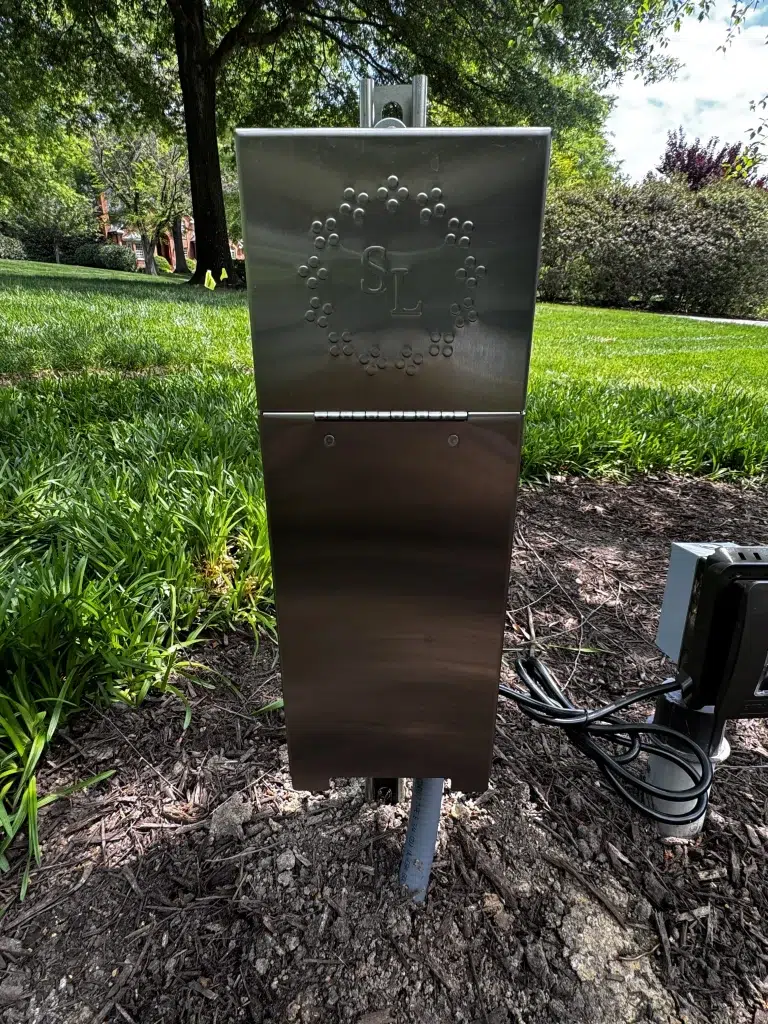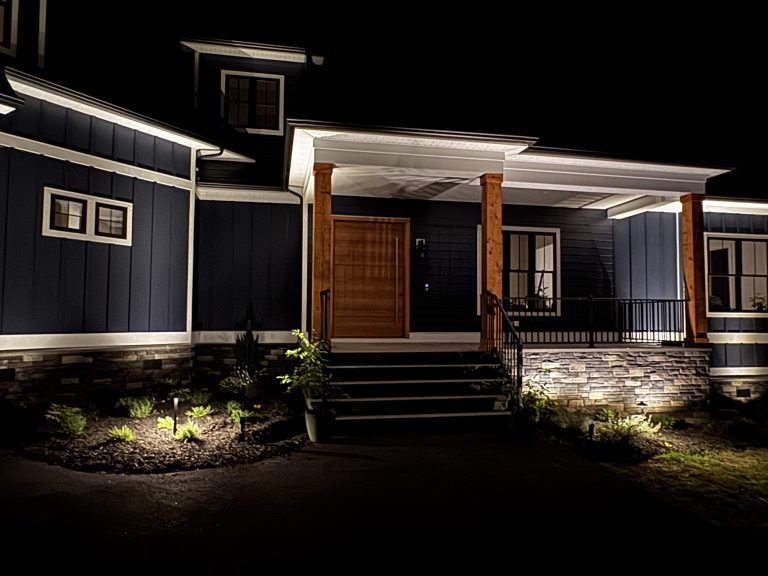Burying Landscape Lighting Wire the Right Way (No Treasure Map Required)
Dogs bury bones. Pirates bury treasure.
And if you’re smart, you bury your landscape lighting wire.
Sure, you might not find gold doubloons while digging—though that’d be awesome—but the real treasure is a lighting system that works flawlessly year after year.
So how do you protect your landscape lighting wire like a pro?
Let’s break it down (no shovels required… yet).
Start With the Right Kind of Wire
Not all wire is created equal.
If it’s going underground, it needs to be direct burial rated—tough enough to withstand water, pressure, and critters trying to chew their way into your lighting plans.
Why? Because direct burial wire is built to handle the elements without needing to be run through expensive conduit. That means less hassle, less cost, and fewer headaches.
Bonus Tip:
Use waterproof connectors filled with silicone. Moisture is your system’s silent killer—and these protect the weak links.
Call 811 Before You Dig
We can’t stress this enough: don’t dig blind.
Calling 811 before you start ensures that underground utilities—like gas, electric, or internet—are marked before you hit them (and your neighbors lose Netflix for a week).
It’s free. It’s fast. And it might just save your life.
Dig Deep, But Not Too Deep
For low-voltage lighting (under 30 volts), the National Electrical Code (NEC) recommends burying wire at least 6 inches deep in lawn areas. That’s enough to stay protected from mowers, trimmers, and foot traffic.
Planting beds? You can go shallower and secure the wire with landscape staples, then cover with mulch.
And always replace any sod you remove—it helps the lawn recover faster and keeps everything looking neat.
To Conduit or Not to Conduit?
PVC conduit sounds fancy, but in most cases—it’s overkill.
If you’re using the right kind of wire and connectors, conduit isn’t necessary. Plus, if something goes wrong down the road, conduit makes repairs harder.
Sometimes, simple is smarter.
Avoid High-Traffic Zones
Think about how your yard gets used.
Where do the kids run? Where does the landscaper drag the mower?
Avoid running wire through these zones.
Instead, tuck it behind shrubs, along fences, or near permanent hardscaping where it’s less likely to get damaged.
Make a Map (Trust Us on This One)
You may think you’ll remember where every wire is buried.
Spoiler: you won’t.
Sketch a quick map. Or take pictures before you bury everything. Future-you will thank you when it’s time to plant that new tree or install a flower bed—and you don’t accidentally cut the power to your favorite path light.
Why Hiring Pros Like NightOak Is Worth It
Let’s be real: landscape lighting isn’t just about running wire and plugging in lights.
It’s about design, safety, and long-term performance.
It’s about knowing when to uplight, when to downlight, and how far to space fixtures so your home glows—not glares.
At NightOak Outdoor Lighting, we bury our wires like treasure—thoughtfully, carefully, and with long-term performance in mind.
We also handle the creative side:
• Highlighting your home’s best features
• Creating shadow and drama in just the right places
• Ensuring color temperature and beam spread are spot-on
Ready to Light Up the Night?
Whether you’re starting fresh or upgrading a tired setup, let us help you transform your property into a space that stuns after sundown.
No stress. No guessing. No ugly wires.
Just beautiful, lasting results—and a whole lot of compliments.
Call or text us at 804.277.9296
Or request a quote today, using our online calendar:
FAQ: Landscape Lighting Wire Protection
Q: Do I need conduit for landscape lighting wire?
A: Not usually. If you’re using direct burial-rated wire and waterproof connectors, conduit is unnecessary in most residential installs.
Q: How deep should I bury low-voltage wire?
A: At least 6 inches in lawns; 2–3 inches (with staples) in planting beds.
Q: Can I install it myself?
A: You can—but hiring pros ensures safety, code compliance, and a design that enhances curb appeal.




